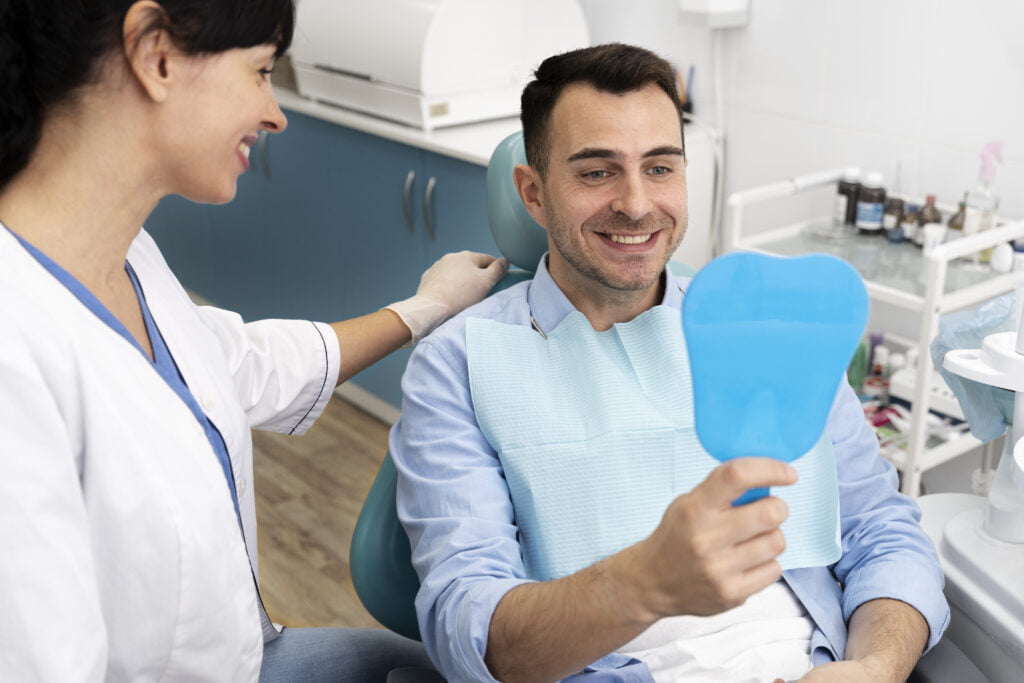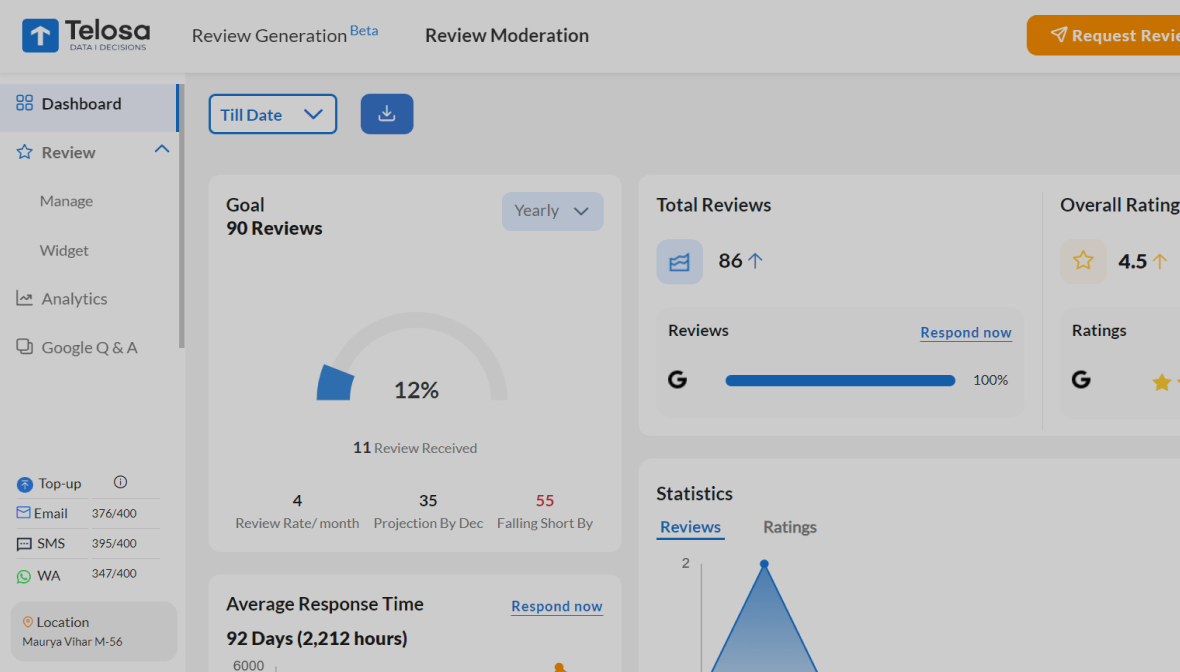Patient Experience from Onmichannel Presence to the Reviews & Ratings

In the ever-evolving landscape of healthcare, the winds of change are often stirred by the voices of those who matter the most our patients. This isn’t just about patient feedback; it’s about how patient feedback has become the compass guiding our journey to reshape, refine, and revolutionize patient care.
The Awakening: From Numbers to Narratives
About 15 years ago, I witnessed Patient feedback was once confined to forms and surveys, a mere collection of numbers that hinted at satisfaction levels. But then the awakening happened. The realization dawned that behind every rating and every comment lies a unique story, a narrative waiting to be heard. The shift was seismic from analyzing numbers to understanding experiences. These experiences also become a factor in helping new patients choose between the available healthcare brands.
Example: Meena, a dental patient with a history of jaw surgery, conveyed her experience through our feedback system. Her words vividly illustrated the relief she discovered in one of our dental clinics, transforming mere data into a testimony of compassionate and understanding dental care.
A Symphony of Stories
In the dental industry, there are both online and offline touchpoints that patients encounter while seeking dental services. Our goal is to provide a consistent and cohesive experience, regardless of the channel or platform a patient uses to connect with the dental clinics.
For instance, an omnichannel presence in the dental industry may involve having a cohesive online presence through a website, and social media pages, like Facebook and Instagram and Google My Business Page where the patient checks the reviews and ratings of the clinic. Simultaneously, it extends to offline interactions within the physical clinic, encompassing aspects such as in-person appointments, waiting room experiences, and face-to-face communication with the dental assistants as well as our dentists.
By maintaining consistency and continuity across all these channels, dental clinics can enhance patient satisfaction and engagement. Omnichannel presence ensures that patients receive a unified and positive experience throughout their entire journey, from discovering the clinic online to providing feedback and reviews after their dental care. This integrated approach is essential for building a strong and reliable reputation in the dental industry. As someone who has closely seen dentistry evolving, we cannot keep one platform behind the other rather it’s the symphony of all the channels together.
Streamline your online presence. See the change Telosa can bring into your business growth.
Understand Paid Vs Organic Marketing
“Google processes about 8.5 billion searches per day (99,000 per second) & 46% of these searches are for local businesses”
Dentists have only 2 ways to get noticed, either by Organic or Inorganic means –
Inorganic
- Burn cash on Google Ads
- Perishable Sunk Cost
- Works momentarily
Organic
- Build Reviews and Ratings
- Let the user-generated data a.k.a reviews become the SEO multiplier
Reviews and ratings are the mirror of the patient experience
Reviews and ratings of patients act as this mirror, reflecting the patient experience, the strengths we often overlooked, and the areas where improvement was not just suggested but craved. While paid ads can act as a boost for the clinic to come to the top of the page, the final decision is made by the patient basis the review data available on pages like Google My Business Profile.
Additionally, about 93% of the patients look for reviews and ratings for patient care before making any decision about the clinic.
Conversations, Not Criticisms
I have seen Dentists worried about the negative reviews. The journey to build a strong reputation for the clinic is not just about handling criticisms; it is about engaging in conversations. Negative feedback transformed from mere critiques to invitations for dialogue. Each comment, even the critical ones, became a beacon, illuminating the path to better care. It wasn’t about erasing negative feedback; it was about addressing it with a commitment to betterment which led to the butterfly effect of improvement.
Armed with insights from patient feedback, changes are always set in motion. It isn’t a grand revolution but a series of thoughtful adjustments—a new approach to communication, enhanced waiting room experiences, and a meticulous focus on patient safety. The butterfly effect of improvement began, with small changes creating ripples that touched every corner of our healthcare ecosystem.
Example: A patient’s negative review or a service failure gives us a chance to build loyalty if we are focused on “service recovery”. A study shows that patient’s loyalty to service failure or grievance followed by a successful recovery builds more loyalty than patients who have had no service failure. A negative review should be looked at as an opportunity to build stronger loyalty with a customer and an opportunity to reflect on the lapses and correct ourselves.
Conclusion: Orchestrating the Future of Healthcare
In sharing this experience of handling more than 180 clinics, it’s not just about analyzing patient feedback data; it’s about orchestrating the future of healthcare. Patient feedback has become the guiding symphony, shaping a healthcare experience that is not just about treatment but about compassion, understanding, and continuous improvement. In the dance between data and humanity, we find the rhythm of patient-centric care, and the journey continues.









